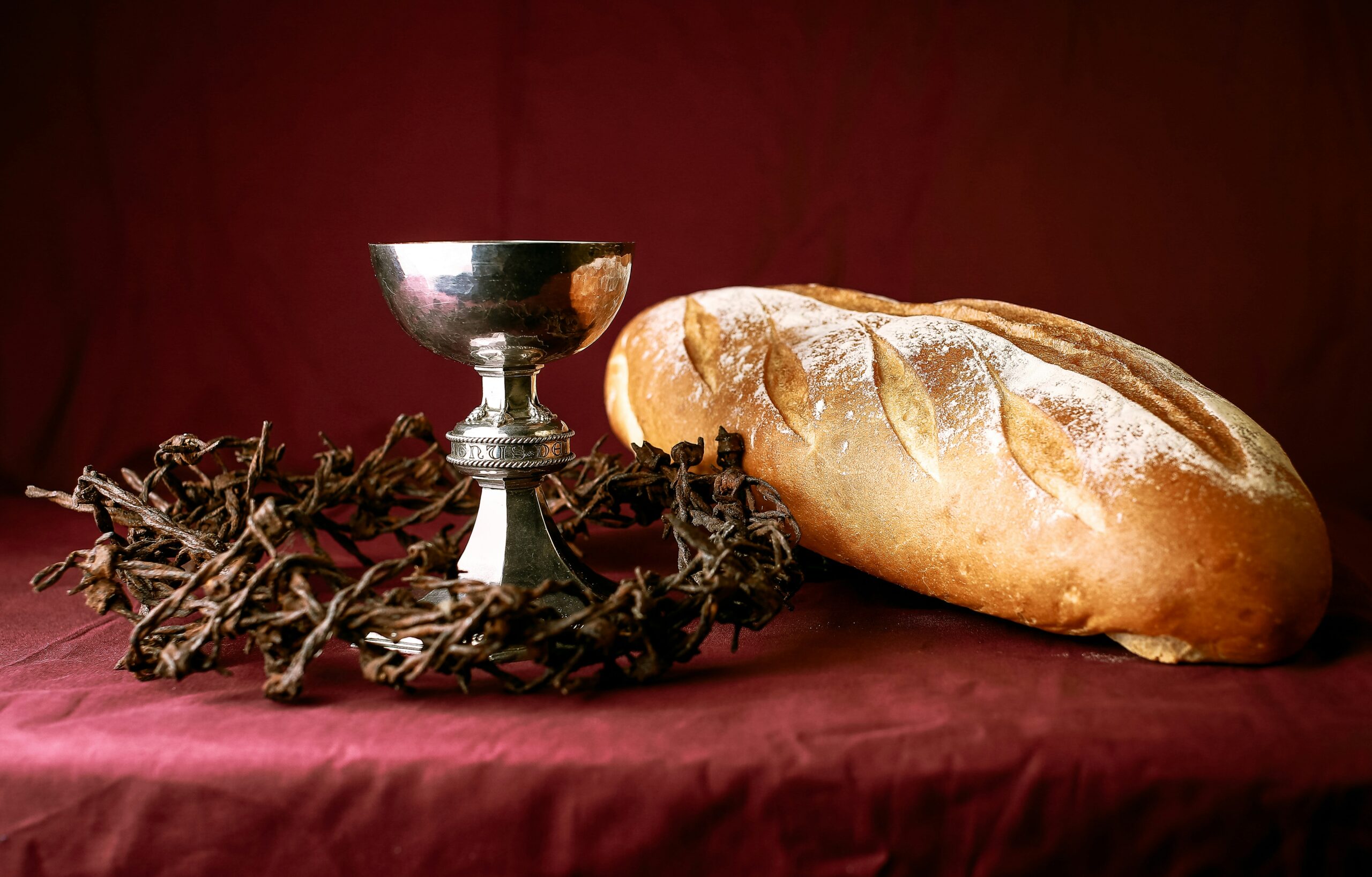In our ongoing journey through the rich tapestry of lessons to be gleaned from Acts 2, we uncover yet another profound aspect that defined the early Christian community—a practice so simple yet so foundational: the constant breaking of bread and the shared meals from house to house.
Acts 2:42 paints a vivid picture of the early believers, stating, “They devoted themselves to the apostles’ teaching and the fellowship, to the breaking of bread and the prayers.” Beyond the act of eating, breaking bread became a symbolic expression of unity, fellowship, and shared life. This practice of breaking bread is one of the means of grace passed down by Jesus to His disciples. The apostle Paul in his first letter to the church at Corinth, emphasized the importance of this practice.
For I received from the Lord that which I also delivered to you: that the Lord Jesus on the same night in which He was betrayed took bread; and when He had given thanks, He broke it and said, “Take, eat; this is My body which is broken for you; do this in remembrance of Me.” In the same manner He also took the cup after supper, saying, “This cup is the new covenant in My blood. This do, as often as you drink it, in remembrance of Me.”
1 Corinthians 11:23-26
For as often as you eat this bread and drink this cup, you proclaim the Lord’s death till He comes.
This ritual of breaking bread served as a constant reminder of the sacrifice of Jesus. By partaking regularly in communion, the early church was reminded of the finished works of Jesus and how it was supposed to create a new community of believers who embodied the spirit of Philippians 2:5-8. The constant breaking of bread served as a reminder to the believers that they’ve been called to a life of service by mirroring the sacrifice of our Saviour.
From House to House: Community Beyond the Temple
The breaking of bread wasn’t confined to the grandeur of the temple alone. Acts 2:46 tells us, “And day by day, attending the temple together and breaking bread in their homes, they received their food with glad and generous hearts.” The community extended into the very fabric of their homes, creating an intimate space for shared meals and shared lives. It was in the simplicity of home gatherings that the depth of their connections unfolded. This intimate practice of breaking bread in their homes fostered a sense of unity and fellowship among the early believers. It allowed for more personal conversations and deeper connections to be formed within the community. By sharing meals together, they experienced a tangible reminder of the sacrificial love of Jesus and the new covenant established through His blood. These house gatherings provided a space where the early church could fully embody the teachings of the apostles and grow together in faith and love.
Practical Insights: Breaking Bread in the 21st Century
- Intentional Hospitality: Consider opening your home to others, fostering an environment of warmth and hospitality. The shared table becomes a sacred space for building relationships and community. Intentional hospitality plays a vital role in today’s world, where meaningful connections can often be challenging to establish. By inviting others into our homes, we create an environment of warmth and openness, where relationships can blossom and a true sense of community can be fostered.
- Cultivating Genuine Connections: In the age of digital interactions, breaking bread together creates an opportunity for genuine, face-to-face connections. It goes beyond the virtual realm, nurturing relationships in a tangible and meaningful way.
- Deepening Spiritual Fellowship: Breaking bread together provides an opportunity for spiritual fellowship, allowing us to share in the teachings of Jesus and grow together in faith. As we gather around the table, we can engage in conversations about our spiritual journeys, share insights from scripture, and pray for one another. This intentional practice deepens our spiritual connection with others and strengthens our understanding of God’s word. It fosters a sense of unity and support within the community, nurturing individual and collective spiritual growth.
- Embodying Christ’s Love: By breaking bread together and sharing meals, we have the opportunity to embody Christ’s love for one another. Just as Jesus displayed sacrificial love through His act of breaking bread with His disciples, we can extend that love to others as we gather around the table. It is a tangible way to express care, generosity, and inclusiveness, reflecting the heart of Christ within our communities. Through shared meals, we can demonstrate the love of Christ in action.
The practice of breaking bread and sharing meals, as demonstrated by the early Christian community, holds timeless lessons for us in the 21st century. It goes beyond mere sustenance and becomes a powerful symbol of unity, fellowship, and shared life. By embracing intentional hospitality, cultivating genuine connections, deepening spiritual fellowship, and embodying Christ’s love, we can create sacred spaces within our homes and communities where relationships can flourish and our faith can grow. Let us remember the profound impact of breaking bread together, both within the grandeur of the temple and the intimacy of our homes. May it inspire us to foster a true sense of community in our modern lives, embodying the teachings of Jesus and building a world where love, connection, and shared meals are valued and celebrated
